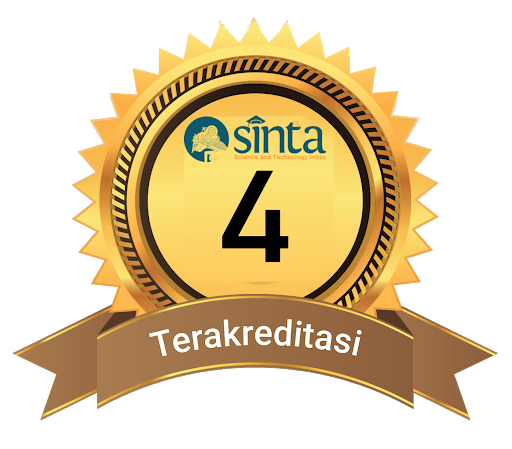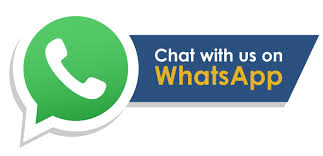Kajian Wacana Percakapan di Facebook
DOI:
https://doi.org/10.32923/sci.v3i2.1330Keywords:
Language, Chatting, Discourse Analysis, FacebookAbstract
There are two types of languages currently used by humans, namely written language and spoken language. These two languages are used separately for different purposes. But in its development, written language and spoken language are used simultaneously so that now the term discussing chatting. This paper attempts to examine the development of these types of languages both from structuralist and functionalist point of view. The two major schools eventually brought this study to the point of problems regarding language, namely discourse. Discourse studies are able to examine languages ranging from words, phrases, clauses, and sentences comprehensively both first order meaning and second order meaning. The result of the study shows that the discourse on Facebook is a different discourse from other forms of discourse. The difference lies in its media, the shape of the text, and the nature of the text. The media is a forum that can be found in cyberspace through computer devices and internet networks. The form of text is in the form of a written conversation between two people or even more. In these conversations between the speaker and the partner do not deal directly but can directly comment, refute, criticize, or approve the opinions of the speaker. The grammatical elements of internet languages are very different which are shown through the structure of the sentence, the presentation of words, and inflection of words. Many choices of words or alphabet that are not everyday language. As an example appears @ (read at), dotcom which is more or less heard by the media
Downloads
Published
Issue
Section
License
Authors who publish journals in Scientia: Jurnal Hasil Penelitian agrees with the following conditions:
1. Authors retain copyright and grant the journal right of first publication with the work simultaneously licensed under a Creative Commons Attribution 4.0 International License.
2. Authors are able to enter into separate, additional contractual arrangements for the non-exclusive distribution of the journal's published version of the work (e.g., post it to an institutional repository or publish it in a book), with an acknowledgement of its initial publication in this journal.
3. Every publication (printed/electronic) are open access for educational purposes, research, and library. Other than the aims mentioned above, the editorial board is not responsible for copyright violation.











